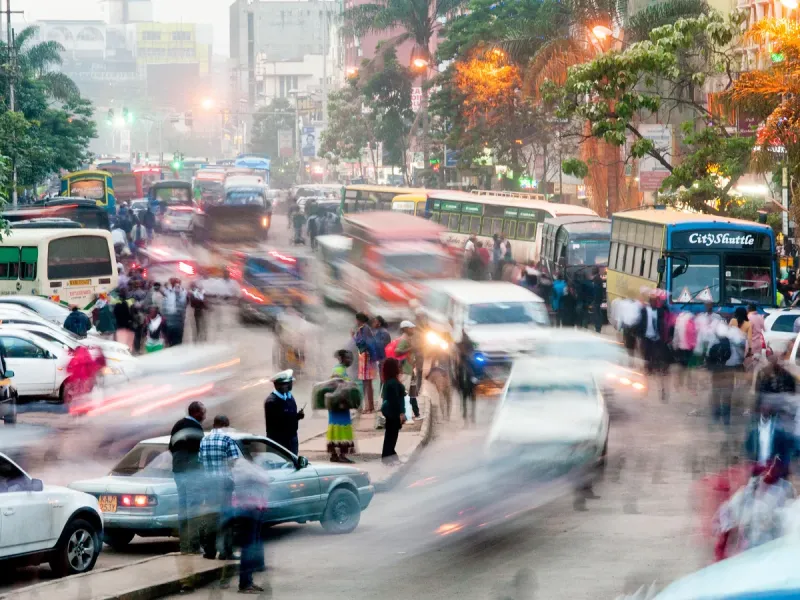Cinco de Mayo: From Battlefield Triumph to Beer-Fueled Festivity May 5, 2025 — What began as a relatively minor military victory in 1862 has grown into one of the most festive and widely celebrated cultural holidays in the United States. Cinco de Mayo, observed every May 5th, marks the Mexican army’s surprising triumph over French forces at the Battle of Puebla—a moment of national pride that has since evolved into a vibrant celebration of Mexican culture, especially north of the border. The Battle That Sparked a Legacy The historical roots of Cinco de Mayo trace back to May 5, 1862, when a vastly outnumbered and poorly equipped Mexican force led by General Ignacio Zaragoza defeated the French army at Puebla, southeast of Mexico City. While the victory didn’t end the French occupation of Mexico, it was a powerful symbol of resistance and resilience for a nation under siege.

In Mexico, particularly in the state of Puebla, the day remains a somber and patriotic occasion, commemorated with military parades and historical reenactments. However, contrary to popular belief, it is not Mexico’s Independence Day—that is celebrated on September 16. An American Makeover In the United States, Cinco de Mayo has taken on a life of its own. Starting in the 1960s, Chicano activists in California began highlighting the date as a symbol of cultural pride and heritage. “It was a way for Mexican Americans to reclaim their history and spotlight their community’s contributions,” says Dr. Laura Gómez, professor of law and Chicana/o studies at UCLA. By the 1980s and 1990s, the holiday had transformed further, thanks in large part to corporate marketing. Beer companies, in particular, saw a lucrative opportunity. Brands like Corona and Modelo leaned heavily into Cinco de Mayo promotions, linking the holiday with parties, parades, and alcohol-fueled revelry. It worked—today, Americans drink more beer on Cinco de Mayo than on Super Bowl Sunday, according to industry data. Food, Festivity, and Cultural Fusion From Los Angeles to Chicago to New York, Cinco de Mayo has grown into a celebration of Mexican-American identity. Street festivals showcase mariachi bands, folklórico dancers, and traditional foods such as tacos, tamales, and mole poblano—a nod to Puebla’s culinary contributions. Schools and cultural institutions use the day to educate about Mexican history, art, and literature. Still, the commercialization of the holiday hasn’t come without criticism.

Some cultural advocates argue that the Americanized version of Cinco de Mayo often strips the day of its historical meaning and reduces it to a marketing gimmick. “It's important to understand why we're celebrating,” says Carmen Sánchez, director of a Mexican cultural center in San Antonio. “Cinco de Mayo is about resistance, dignity, and culture—not just margaritas and sombreros.” A Dual Identity Despite these tensions, the holiday’s dual identity continues to thrive. For many Mexican Americans, Cinco de Mayo is both a time for joy and a moment for reflection—an opportunity to honor their heritage in a country where cultural expression hasn’t always been welcomed. As parades roll down American streets today and families gather over plates of enchiladas and glasses of horchata or beer, the echoes of the Battle of Puebla still resonate—not just as a military victory, but as a lasting reminder of resilience, pride, and cultural celebration.
Uphorial.



